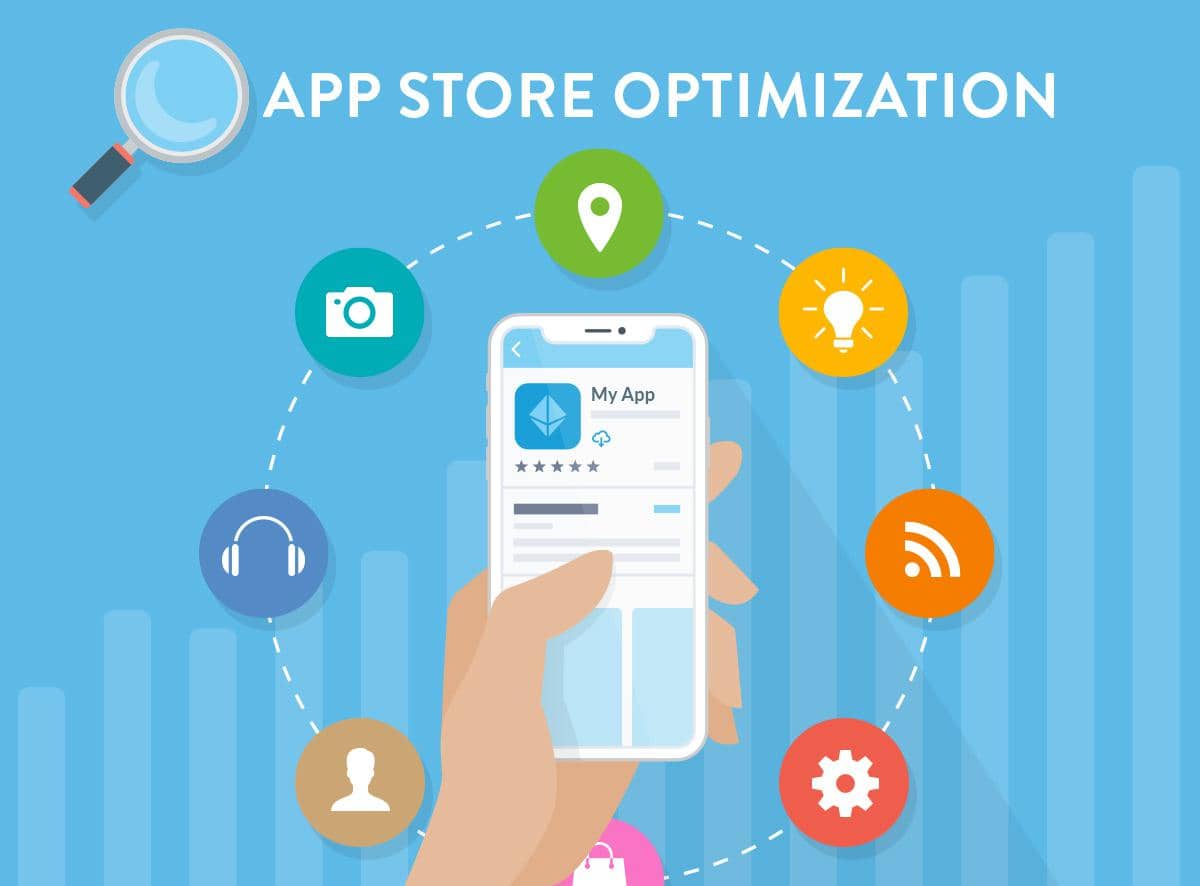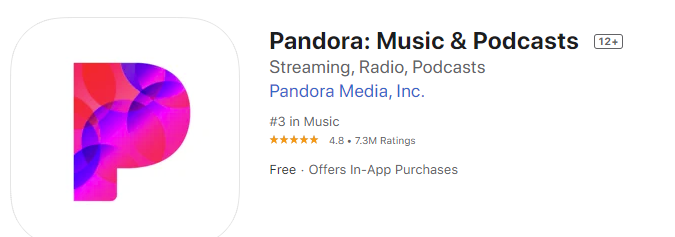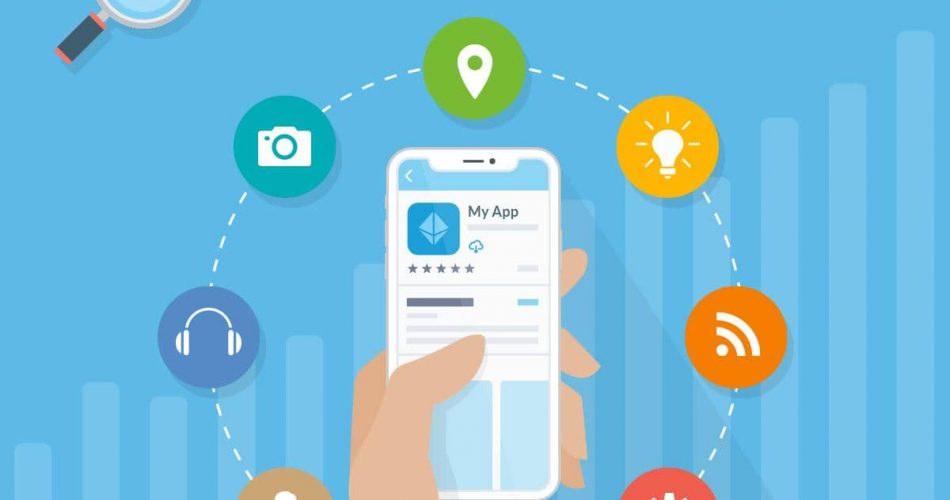Last Updated on October 30, 2021
Making an app is one of the most rewarding choices in the present smartphone boom. It is not unusual to hear someone becoming an overnight millionaire with a successful app.
However, with more than 6 million mobile apps already existing on all major app stores, it is not an easy job to get your app discovered. If you are a mobile app publisher, then understanding app store optimisation (ASO) is extremely crucial for you.
Are you aware of what is app store optimization? If not, this is the guide that will tell you all about optimizing for the app store and ranking your app well.

What is App Store Optimization (ASO)?
App store optimization is simply the process of optimizing your mobile apps to dominate in the ranking in an app store’s search results. It is a no-brainer that the higher your app ranks in the App Store, the more visible it will be to potential users.
This increased visibility directly translates into more traffic to your app’s page in the app stores. With the ASO, you can increase your app downloads multifold. Just like search engine optimisation, the ASO involves understanding the customer base and researching keywords your potential customers are using to find apps similar to yours.
Understanding your customers give you an insight into the language they use that helps you to find the best keywords to match their search phrases.
App Store Optimization (ASO) can be broken down into these important aspects:
- App name and title
- Keywords
- Description
- Total number of downloads
- Ratings and reviews
Let’s find out how you can optimise each of these segments for best performance in an app store.
Why app store optimization is important?
According to Google, 40% of app downloads are not direct but through app store searches. This is why it is most important to be found in app store search results.
If you are not utilising the benefits of ASO, then you are missing the opportunity to improve your app’s search ranking. This means you are also missing out on the largest discovery channel available for your app.
Let’s get your app discovered these optimisations.
App Title
Your app title is the first impression on users. For instance, the title of the post is what drew you in.
App title is extremely important and optimising it with a keyword increases the chances of getting discovered in searches by 10.3%.
However, there are some limitations to what can be used as app title as the App Store is very regulated. In the Apple App Store, there is a 30 characters limit for app titles which is why you cannot do keyword stuffing.
This is why you have to keep your app title relevant as well as within the requirements of the App Store.

You can take the example of the Pandora app. It has a simple design with a short name and the description uses all 3 important keywords-free, music or radio.
App Description
Interestingly, the App Store algorithm completely ignores the description. This makes things a bit tricky.
While the algorithm ignores, the users read the app description carefully.
This is why rather than optimising for SEO, you must focus on explaining the features and benefits of your product in the app description.
Keep in mind that there is not a lot of space for you to convince the users to download the app. As truncated snippets are shown on your product page and very few readers click “more” to read beyond what is displayed, you are limited to 252 characters to make your pitch.
Keep your app descriptions short, crisp and sweet as there is no scope for fluffy, keyword laden descriptions.
Keyword
You are provided with a space of 100 characters to enter keywords separated by commas in the App Store.
To help you get discovered through search or related content, this keyword metadata comes in handy.
Many app publishers mistakenly use the same keywords they have used in the title or description, but there is no need to duplicate the efforts. For the keyword metadata place, use the keywords you already haven’t used in the title.
To find the most potential keywords you can use the Apple Search Ads or Google Keyword Planner. Both of these are free tools and give you a chance to shortlist the most effective keywords.
App Reviews and Ratings
Ratings and reviews are crucially important especially for the apps that are not recognised or are unfamiliar.
It is no secret that the apps with higher ratings are also ranked higher. You want more ratings and reviews for your app, but not the negative ones. This is why you need to set up a feedback loop inside your app so that customers can share and talk directly with the developers.
Furthermore, you may also want to guide your satisfied customers to leave positive reviews.
The average rating of the top hundred apps in the App Store is 4 stars. This cannot be a coincidence and you need to focus on the quality and the user experience of your app.
Ratings not only set the first impression a perception of your app but also affects conversions. It’s easier to maintain high ratings than to rise from one to two to a four-star rating.
You need to solicit reviews from your customers within the app and you need to do it within the first 72 hours. This is the duration of how long 77% of the users use an app before never turning it on. That being said, it is also important to wait for a customer to use the app for the first time before soliciting reviews ratings.
It is best to consider push notifications to get your customers to leave a review rather than using a timer. In doing so make sure you do not compromise with the customer experience by being too spammy or intruding.
At last, never shy away from replying to negative reviews. As an app publisher, you must be open to the idea that not all customers will have a good experience. Some errors or technological glitches can result in negative reviews. Rather than ignoring, try to be supportive and correct the issues as soon as they are reported.
App Downloads
Let’s face it, this is the ultimate goal of ASO.
To convert indecisive users, an app preview video or screenshots help big-time.
Both the App Store and the Google Play Store, consider the number of times an app has been downloaded to determine the ranking. To be more specific both the app stores consider the current download rate.
This is because an app might have 1 million downloads overall, but a newer app can beat this by getting more downloads within a month. The preview videos and images are known to be a major factor for this kind of upset.
Almost all major apps use app reviews to increase customer conversions.
Improving your app optimisation is the best start to getting more downloads. Beyond that, you can work on improving and marketing your app brand, and focus on creating awareness about its functionality and applications.
Conclusion
Just like SEO, ASO is a process that needs constant monitoring and tweaks over a period of time for maximum performance.
Most app publishers do little or no research on keyword searches before submitting their apps, thereby hampering the discovery opportunity for their apps.
Stand out and exploit ASO to get your app rank higher in the app stores.

